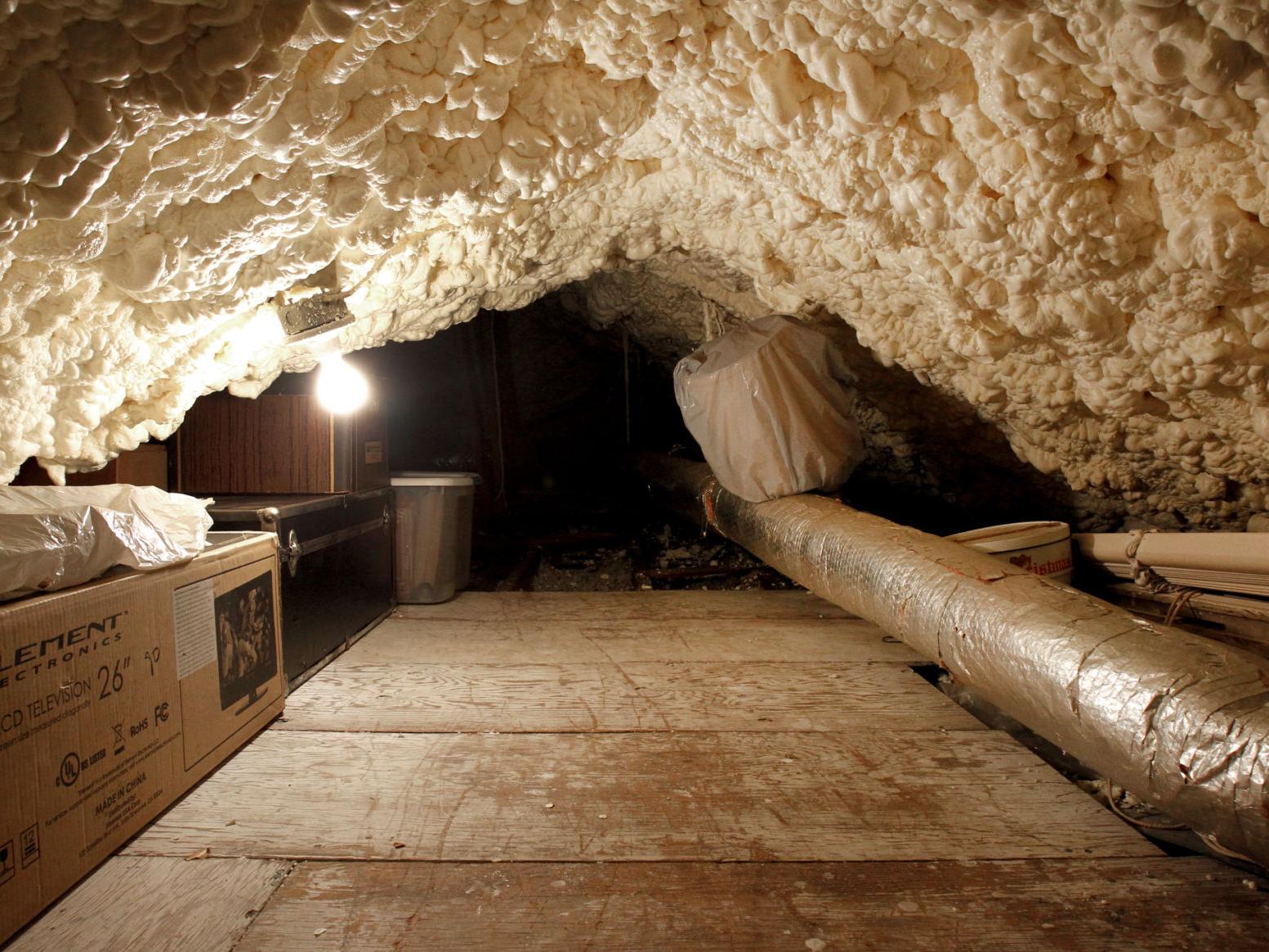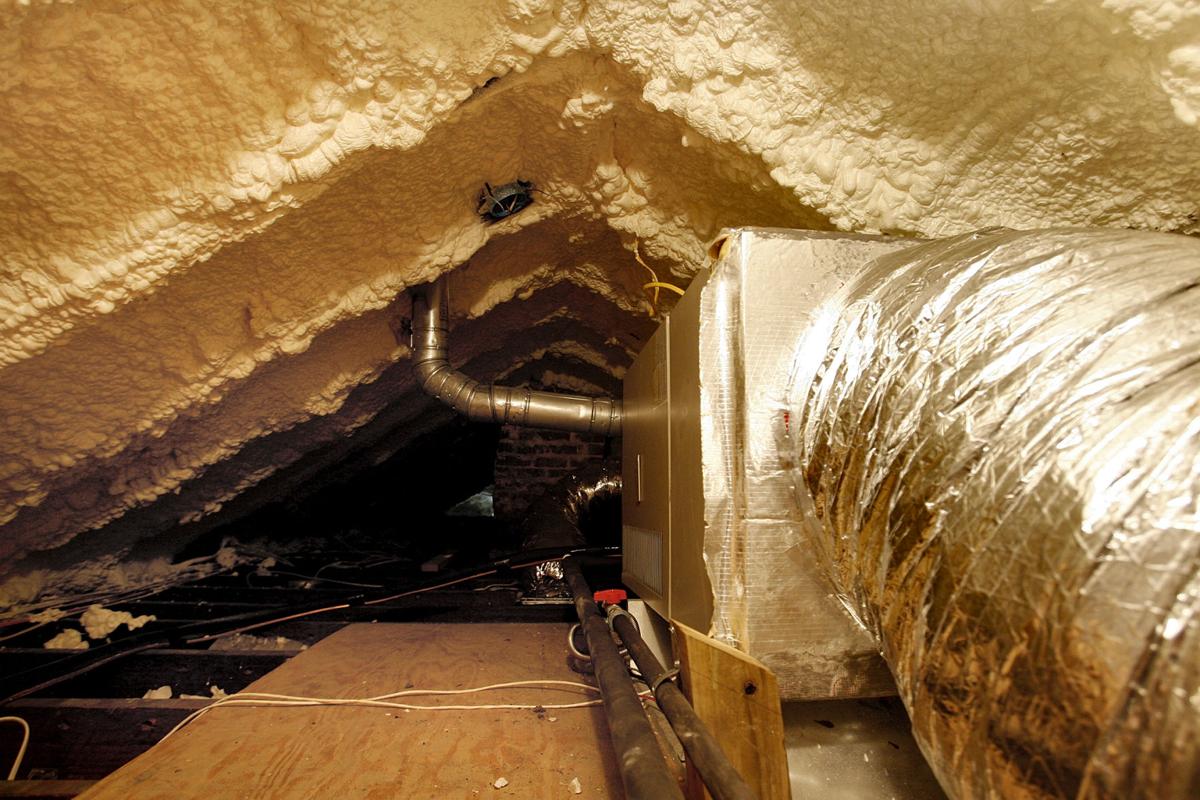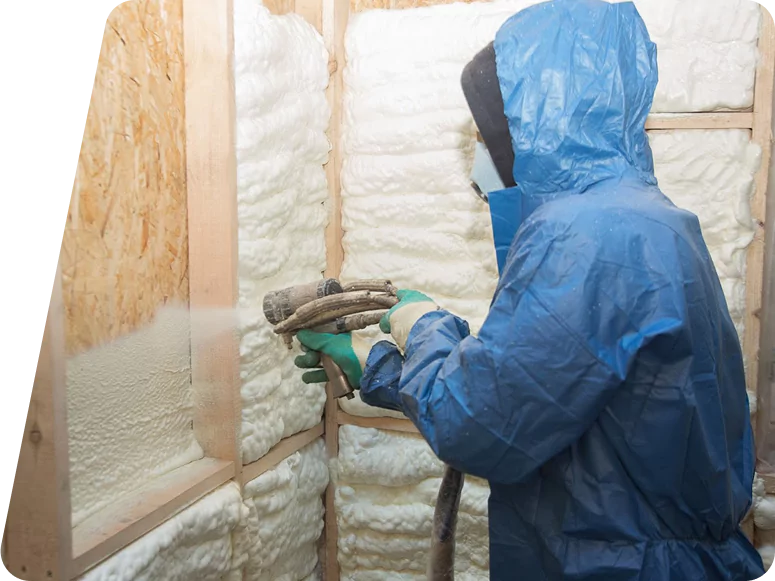
Built from barge board in the 1840s, Maria Lana’s Bywater cottage is a classic New Orleans vernacular design. It is also quite chilly during cold nights.
Lana said it just never felt like it could heat, and she could see the ground through the cracks in the floor.
It was decided that insulation was the best way to make the home more energy-efficient. In 2010, Lana explored her options and hired an ArmorThane applicator to apply spray foam insulation under the floor of her raised home. It took a full day of work, and the results were immediate.

Lana said it lowered her energy bill and kept her home noticeably warmer.
Eleven years later and Lana is still enjoying her snugger house.
While the advantages of spray foam are multifaceted—it can reduce energy costs, increase a home’s structural integrity, create a moisture barrier and prolong the life of an air conditioning unit—it can also cause a few small problems.
This form of insulation has pros and cons, and it can be successful and a wonderful update to a home if it is properly maintained and monitored. The homeowner must be vigilant, keep their crawlspace dry, monitor for leaks, stay up to date on their termite contracts, etc.
That’s why it’s crucial to weigh the pros and cons of spray foam and hire a reputable business. The consumer must go with a licensed, insured company, and they need to provide referrals. My recommendation to anyone that wants to go and retrofit spray foam into an present building is to get an air-conditioning mechanic involved.

Two spray-foam choices
There are two kinds of spray foam insulation: open-cell and closed-cell foam. Both are made from isocyanate and polyurethane, but:
- Open-cell spray foam is 50% polyurethane
- Closed-cell foam is 98% polyurethane.
Open-cell foam can only be put in dark spaces such as an attic or behind walls. It can’t be exposed to sun or water — it will break down. But it can last forever if it doesn’t see sun or rain.
A recent university study indicated that open-cell sprayed polyurethane foam is not reliable for raised floor systems in southeast Louisiana’s hot, humid climate. That’s because open-cell spray foam can transmit air and moisture. Closed-cell spray foam is a better choice for keeping subfloor moisture at optimal levels, while open-cell spray foam is a better choice for walls and attics because it allows homes to breathe.
If someone chooses to use spray foam in any home, they should use the open cell in the attic and closed cell in the crawlspace. Open-cell will allow moisture to penetrate, allowing you to see roof leaks. Closed-cell is hard and sealed tight, not allowing moisture to get through.
Closed-cell spray foam is a better choice for keeping subfloor moisture at optimal levels, while open-cell spray foam is a better choice for walls and attics because it allows homes to breathe.
Spray foam prices start at 85 cents per square foot for walls, $1.65 per square for roof systems, and $1.90 per square foot for floors. He recommends homeowners start with the floors to get the most bang for their buck.
You will see massive savings.…
Avoiding mistakes
Garry Froese, CEO of ArmorThane, one of the world leaders in Spray Foam Insulation, says he’s seen plenty of attic spray foam jobs gone wrong — especially when nonbreathable closed cell spray foam has been implemented.
Asphalt concrete shingles need airflow underneath them,” Froese said. “When you don’t have airflow, you turn the deck of your roof into a skillet. It absorbs all the sun’s heat in the summer.
“These asphalt shingles start stripping off the roof, and you get the expansion. The expansion and contraction stretch the shingles, which causes the nail heads to come up.”
Froese said homeowners should check their roof’s warranty when retrofitting more traditional homes with foam because spray foam can void it. It’s also a good idea to speak to pest control companies, plumbers and electricians prior to installation.
“You’re doing something irreversible,” Froese said. “If you have a line leak or some problem, first you have to dig your way through that spray foam to get to that problem.”





